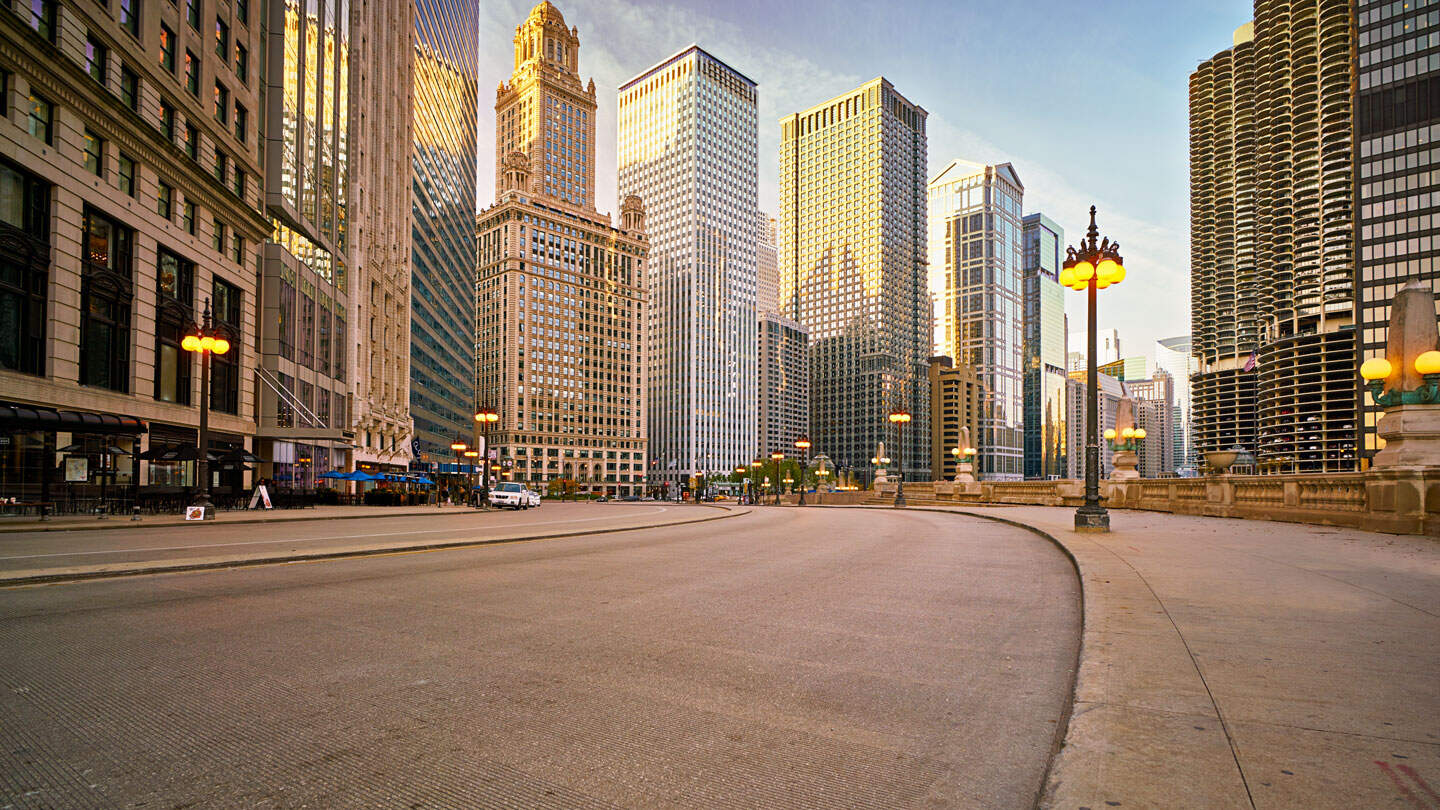
The phenomenon of the urban heat island is a fascinating yet alarming aspect of modern cityscapes. As cities continue to expand and develop, they create their own unique microclimates characterized by significantly higher temperatures than surrounding rural areas. This phenomenon, known as the urban heat island effect, is caused by various factors such as the abundance of concrete and asphalt, the lack of vegetation, and the concentration of human activities.
In this article, we will delve into the intriguing world of urban heat islands and explore nine unbelievable facts about them. From the impact on human health to the implications for energy consumption, these facts shed light on the urgent need for sustainable urban planning and mitigation strategies. It’s time to uncover the hidden realities behind the seemingly innocuous urban landscapes we encounter every day and understand the significance of addressing the urban heat island effect for the well-being of both cities and their inhabitants.
Key Takeaways:
- Urban heat islands are hotter at night and can impact local weather patterns, air quality, and human health. Green spaces, green roofs, and building design can help reduce their effects.
- Climate change intensifies urban heat islands, leading to economic impacts and health risks. Sustainable urban planning and green infrastructure are crucial for mitigating this phenomenon.
The Urban Heat Island Effect Is Most Pronounced at Night
One of the most astonishing facts about urban heat islands is that they have the greatest impact during the night. This is because buildings and concrete retain heat throughout the day and release it slowly at night, resulting in warmer nighttime temperatures in urban areas.
Parks and Green Spaces Can Help Alleviate the Urban Heat Island Effect
Did you know that strategically placed parks and green spaces can help mitigate the urban heat island effect? Vegetation provides shade and helps to cool the surrounding air through the process of evapotranspiration, reducing the overall temperature of the area.
Urban Heat Islands Can Influence Local Weather Patterns
The presence of urban heat islands can affect local weather patterns, leading to altered wind circulation and precipitation patterns. This can result in localized thunderstorms and increased cloud cover over urban areas, impacting the overall climate of the region.
Green Roofs Can Help Reduce Urban Heat Island Effect
Installing green roofs on buildings is an effective way to combat the urban heat island effect. These roofs feature vegetation that provides insulation and helps to cool the building, reducing the heat radiating into the surrounding environment.
Urban Heat Islands Can Worsen Air Quality
Urban heat islands not only drive up temperatures but also exacerbate air pollution. The higher temperatures increase the chemical reactions that produce pollutants such as ozone, leading to poor air quality in urban areas.
The Design and Color of Buildings Can Impact Urban Heat Island Effect
The design and color of buildings play a crucial role in the intensity of the urban heat island effect. Dark-colored materials absorb more heat, while lighter colors and reflective surfaces help to reduce heat absorption, mitigating the impact of the phenomenon.
Urban Heat Islands Can Affect Human Health
Extended exposure to high temperatures in urban heat islands can have detrimental effects on human health. Heat-related illnesses such as heat stroke and dehydration are more prevalent in urban areas with higher temperatures.
Urban Heat Islands Have Economic Impacts
The urban heat island effect can have significant economic consequences. Increased energy demand for cooling buildings, reduced agricultural productivity, and higher healthcare costs due to heat-related illnesses all contribute to the financial burden of urban heat islands.
Climate Change Can Intensify Urban Heat Islands
As global temperatures continue to rise due to climate change, the urban heat island effect is expected to worsen. The combination of rising temperatures and urbanization can create even hotter conditions in urban areas, necessitating the implementation of sustainable urban planning strategies.
Conclusion
In conclusion, urban heat island (UHI) phenomenon is a glaring reality in many urban areas around the world. The soaring temperatures, especially during hot summer months, can have significant impacts on the environment, human health, and overall quality of life. Understanding the causes and effects of UHI is crucial for implementing effective mitigation strategies to reduce its negative consequences.By employing sustainable urban planning and design practices, such as increasing green spaces, implementing cool roof technologies, and promoting the use of energy-efficient materials, cities can combat the UHI effect. Additionally, public awareness and education can play a vital role in encouraging individuals and communities to adopt behaviors that can help mitigate urban heat island formation.It is important for governments, policymakers, and city planners to prioritize UHI mitigation measures, as the problem is likely to intensify with continued urbanization and climate change. By taking proactive steps now, we can create cooler, more resilient cities that prioritize the well-being of both people and the environment.
FAQs
Q: What causes the urban heat island effect?
A: The urban heat island effect is caused by the replacement of natural vegetation with concrete, asphalt, and other heat-absorbing materials in urban areas. These materials retain heat during the day and release it at night, resulting in higher temperatures compared to surrounding rural areas.
Q: What are the impacts of the urban heat island effect?
A: The urban heat island effect can lead to increased energy consumption for cooling buildings, elevated air pollution levels, reduced air quality, heat-related illnesses, and even heat-related deaths. It can also adversely affect wildlife and their habitats.
Q: Can the urban heat island effect be mitigated?
A: Yes, the urban heat island effect can be mitigated through various strategies. Some common approaches include increasing green spaces, promoting the use of cool roofs and pavement materials, improving urban ventilation, and implementing sustainable urban planning practices.
Q: How can individuals contribute to mitigating the urban heat island effect?
A: Individuals can contribute to mitigating the urban heat island effect by planting trees and vegetation, utilizing cool roof technologies on their homes, practicing water conservation to reduce the heat island effect caused by urban heat islands, and promoting sustainable transportation options.
Q: Are all cities vulnerable to the urban heat island effect?
A: Yes, to some extent, all cities are vulnerable to the urban heat island effect. However, the intensity of the effect can vary depending on factors such as geographical location, climate, urban density, and urban planning strategies implemented to counteract it.
Was this page helpful?
Our commitment to delivering trustworthy and engaging content is at the heart of what we do. Each fact on our site is contributed by real users like you, bringing a wealth of diverse insights and information. To ensure the highest standards of accuracy and reliability, our dedicated editors meticulously review each submission. This process guarantees that the facts we share are not only fascinating but also credible. Trust in our commitment to quality and authenticity as you explore and learn with us.


